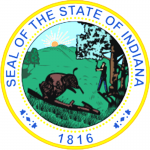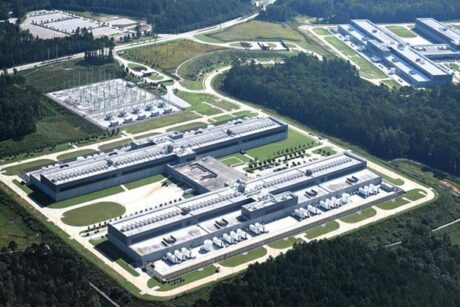No data found for Custom Course Number
No data found for Custom Course Units
Intended Audience: civil, structural, mechanical and electrical engineers, surveyors and planners
PDH UNITS: 8
This course analyzes the construction of Hoover Dam from both historical perspective and modern perspectives. The course document “Hoover Dam, 50 Years” and an historical video titled “Construction of Hoover Dam” provide written, photographic and film footage of the construction of Hoover Dam. A second video “Reinventing Hoover Dam”, part of the National Geographic Megastructures series, has a team of modern experts analyze the dam construction to determine how the dam would be built differently today. Some of the elements would be nearly the same and some would be changed significantly. Construction of the dam included a combination of unprecedented logistical projects, some of which were significant projects in their own right. The dam site was chosen in a desolate area of desert on the Nevada/Arizona border where with no existing infrastructure. A city to house over 5,000 workers, railroads, roads, shuttle vehicles for workers, electric power supply, pedestrian bridges and cable trolleys were just some of the infrastructure that had to be built just to start preparing the site. To begin construction of the dam, an earthen diversion dam, a coffer dam at the downstream side of the dam, rock scaling, and a short railroad in the canyon floor were some of the tasks to be completed. The expert consensus in the film “Reinventing Hoover Dam” was that the greatest difference between building the dam in the 1920’s and 30’s, and today would be safety procedures. Depending on where they are counted, fatalities range from 96 to 112. That number would be expected to be much lower today with the goal being zero fatalities. Of the recorded fatalities, two of them stand out. The first site fatality occurred in 1922 when J.G. Tierney fell from a geologic survey barge into the Colorado River and drowned. Thirteen years later, to the day, Patrick W. Tierney, J.G.’s son, fell from the intake tower and drowned. Patrick’s death was the last fatal accident related to construction of Hoover Dam. The grand scale of Hoover Dam is apparent by observing the completed dam and power plant. Less apparent, but just as impressive is the scale of the collective cooperation between, city, state, and federal government agencies and newly formed regional basin authorities and joint ventures between competing corporations. Learning Objectives - Knowledge & Skills: The course is designed to provide engineers with the following specific knowledge and skills.
- An introduction to the geology of the Colorado River
- A brief history of the discovery of the Colorado River
- The problems for inhabitants of the Colorado River Basin prior to Hoover Dam
- An understanding of water rights in the Colorado River Basin
- A basic understanding of the economic conditions during the planning phase of the project
- A brief summary of the political and regulatory interests in Hoover Dam
- An introduction to the design of Hoover Dam
- An introduction to the diversion tunnel construction of Hoover Dam
- An introduction to the coffer dam construction at Hoover Dam
- A description of the trolley systems used to move concrete to the dam
- A description of the segmental block method of construction used to minimize build up of heat in the dam
- A description of the piping system constructed in the block segments to remove heat from the segmental blocks.
- A brief history of the sequence of events from planning to site selection to construction
- An introduction to the infrastructure requirements of the construction project
- A brief introduction to benefits of power generation at Hoover Dam
- An summary of the size and volume of Lake Mead
- A timeline of the construction events for Hoover Dam
- A list of facts about Hoover Dam’s record breaking components
- A summary of expert analysis on how Hoover Dam would be built differently today.
Once completed, your order and certificate of completion will be available in your profile when you’re logged in to the site.










